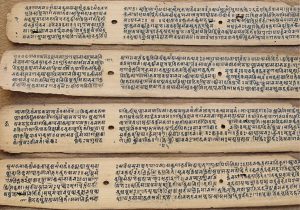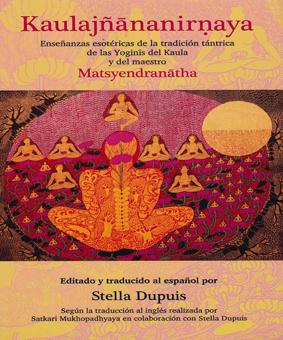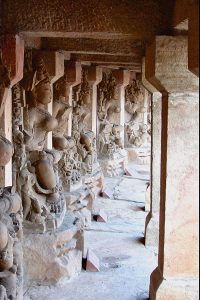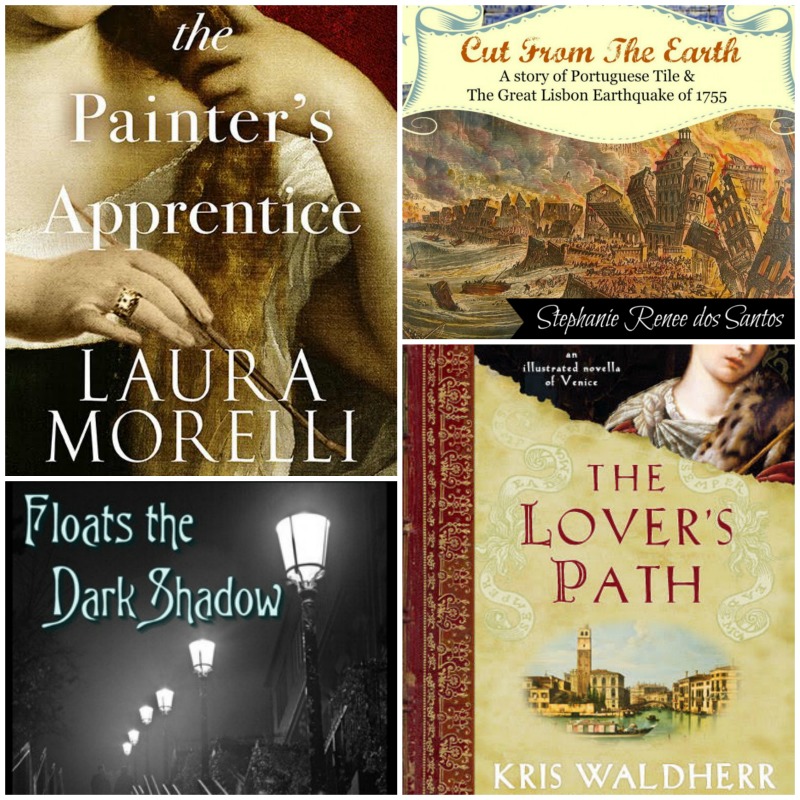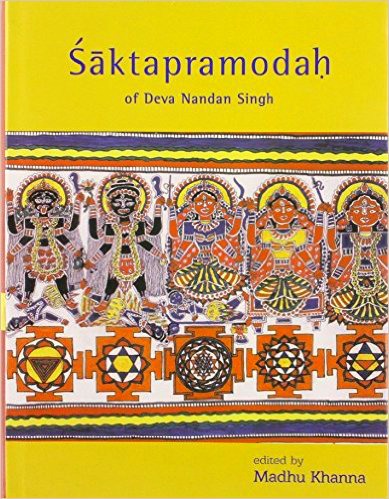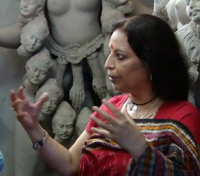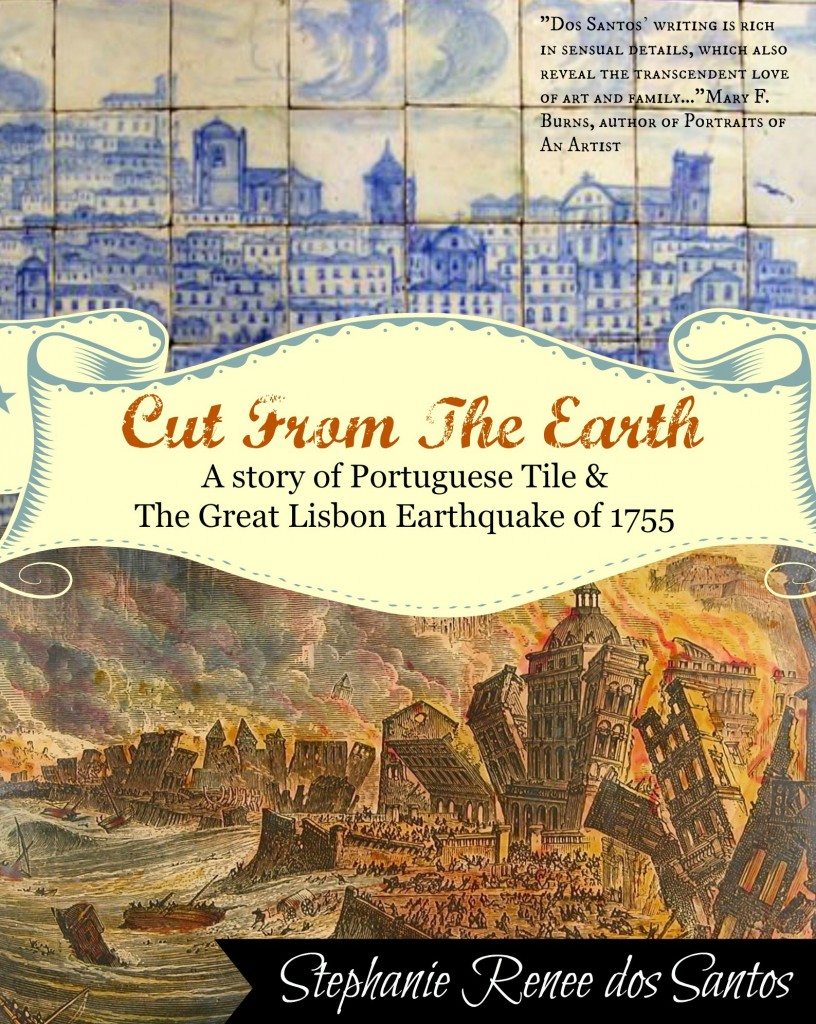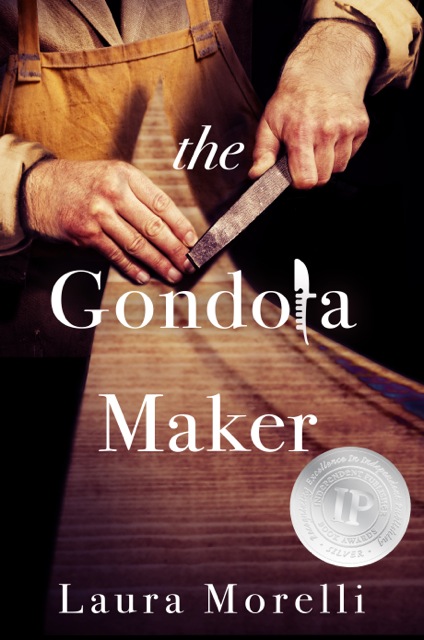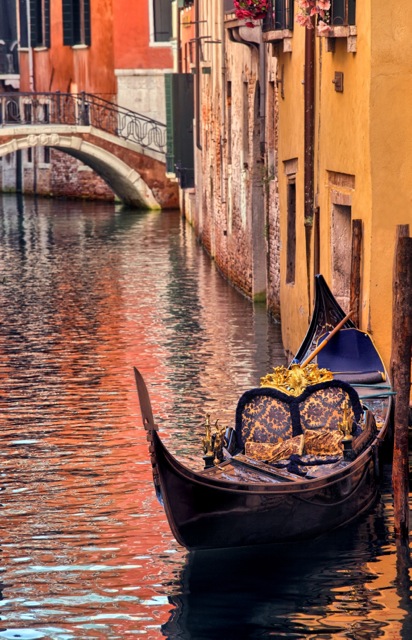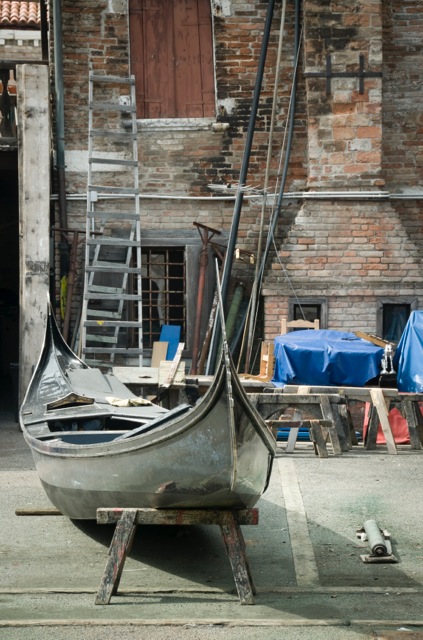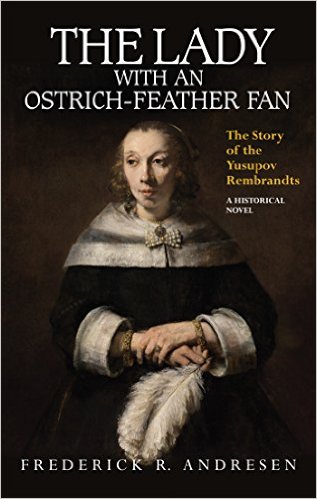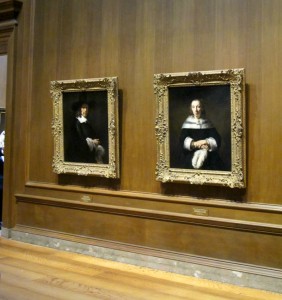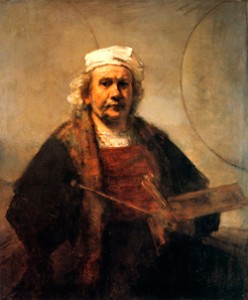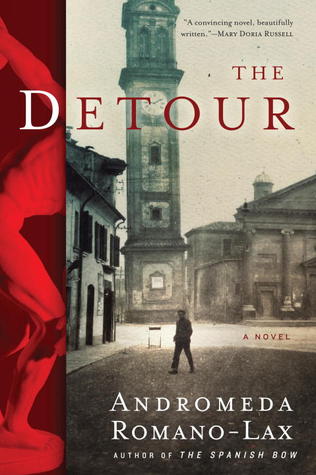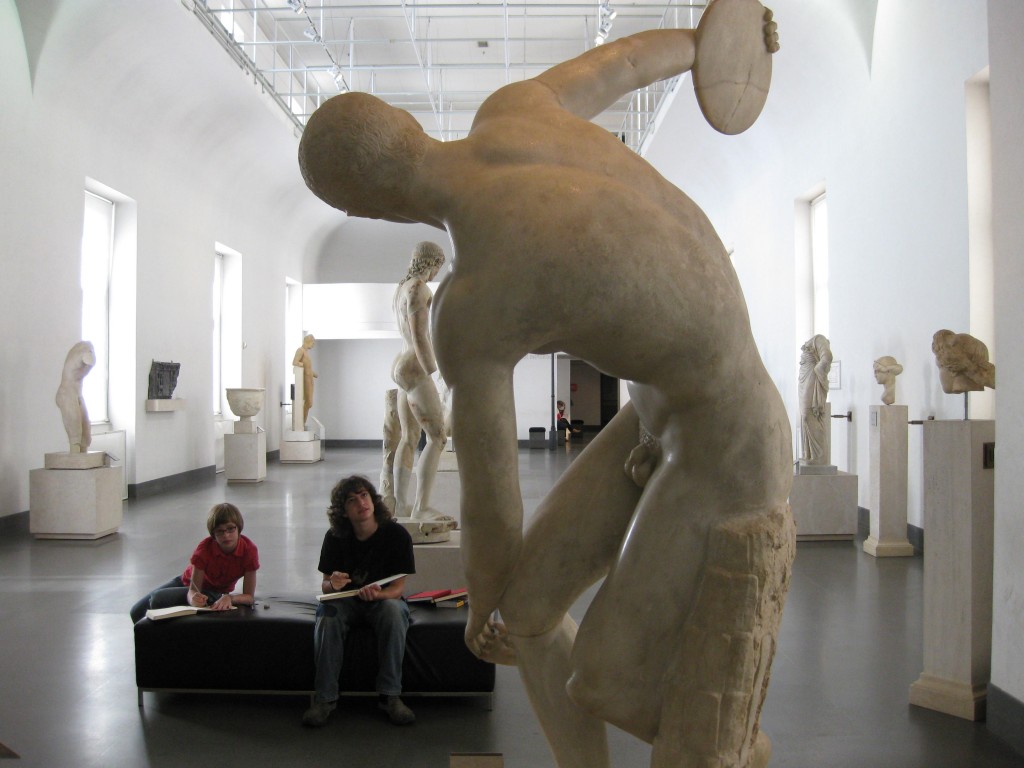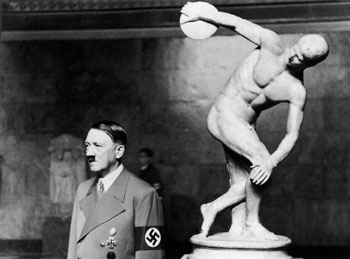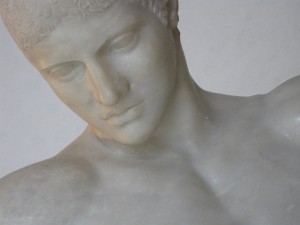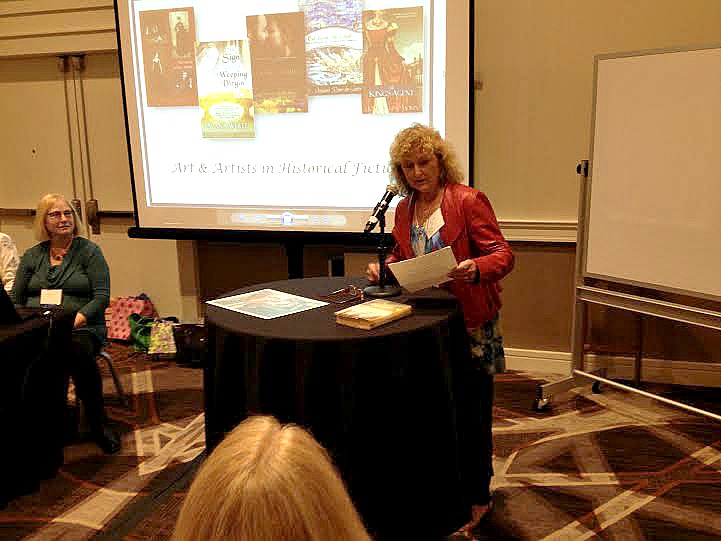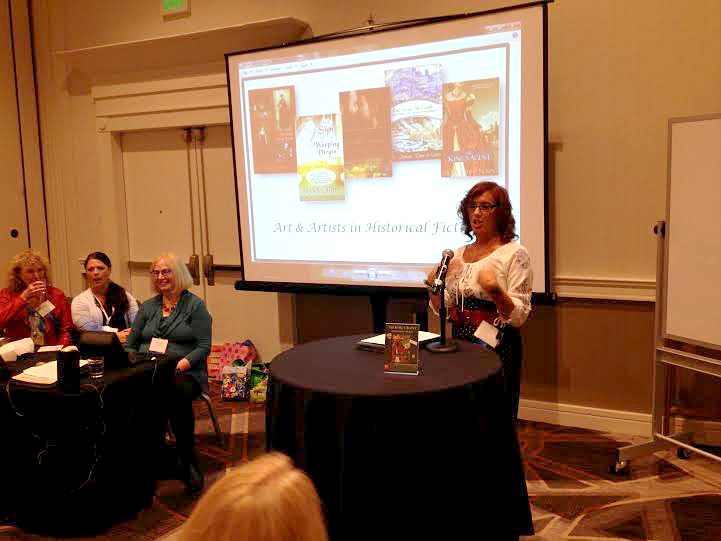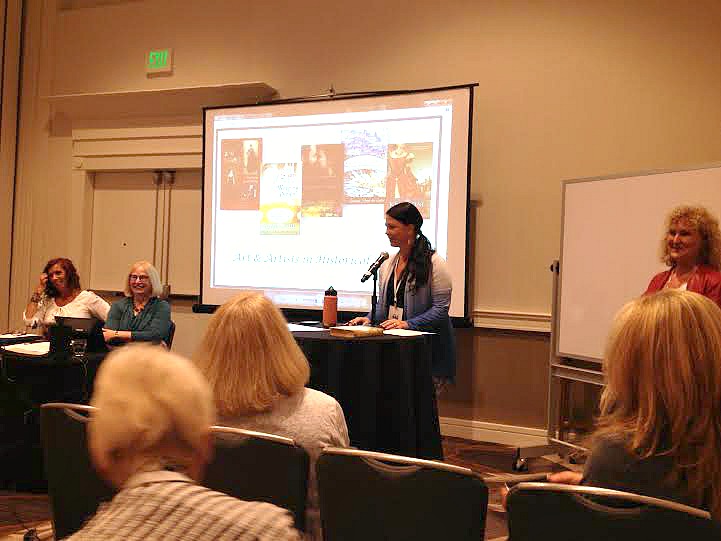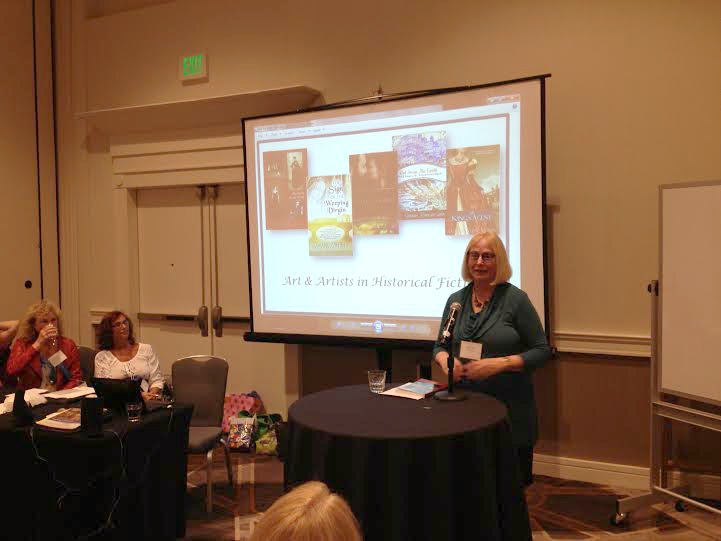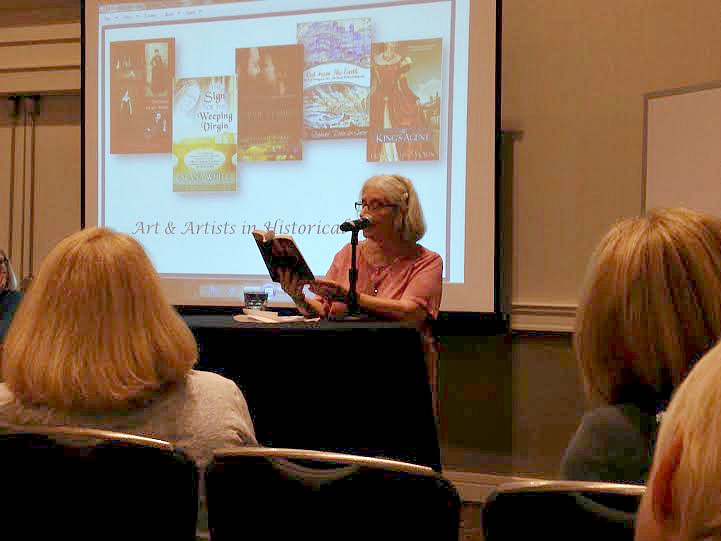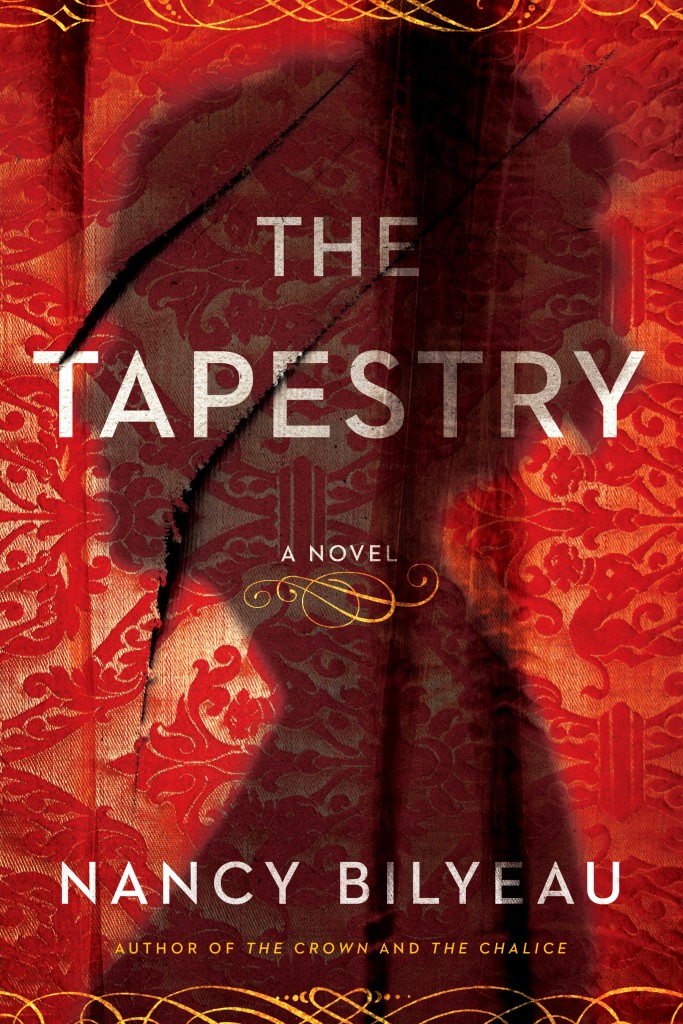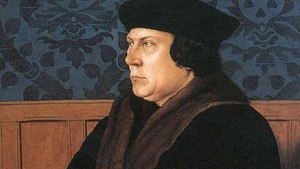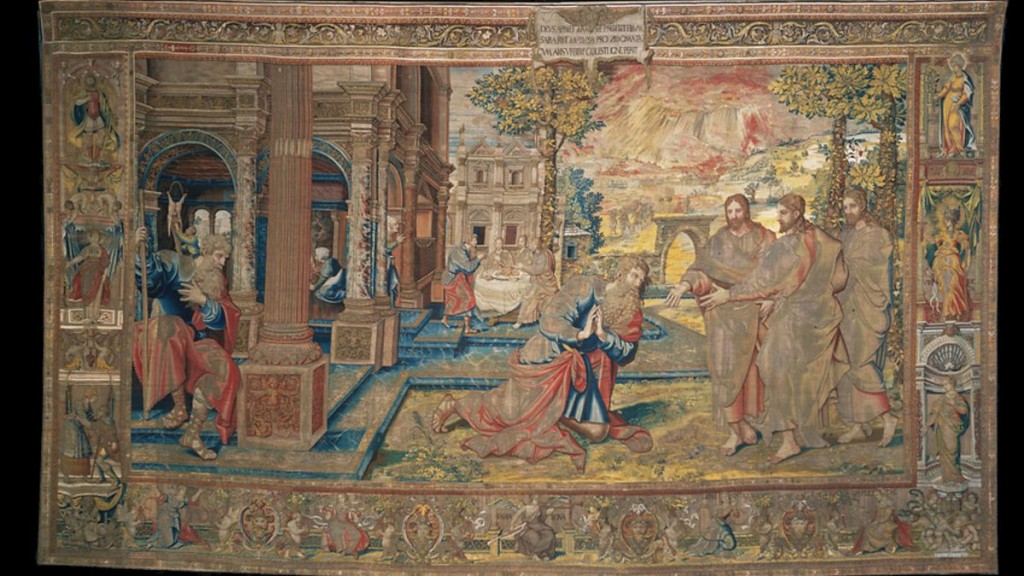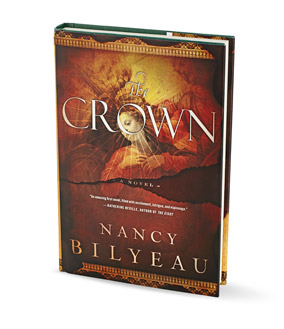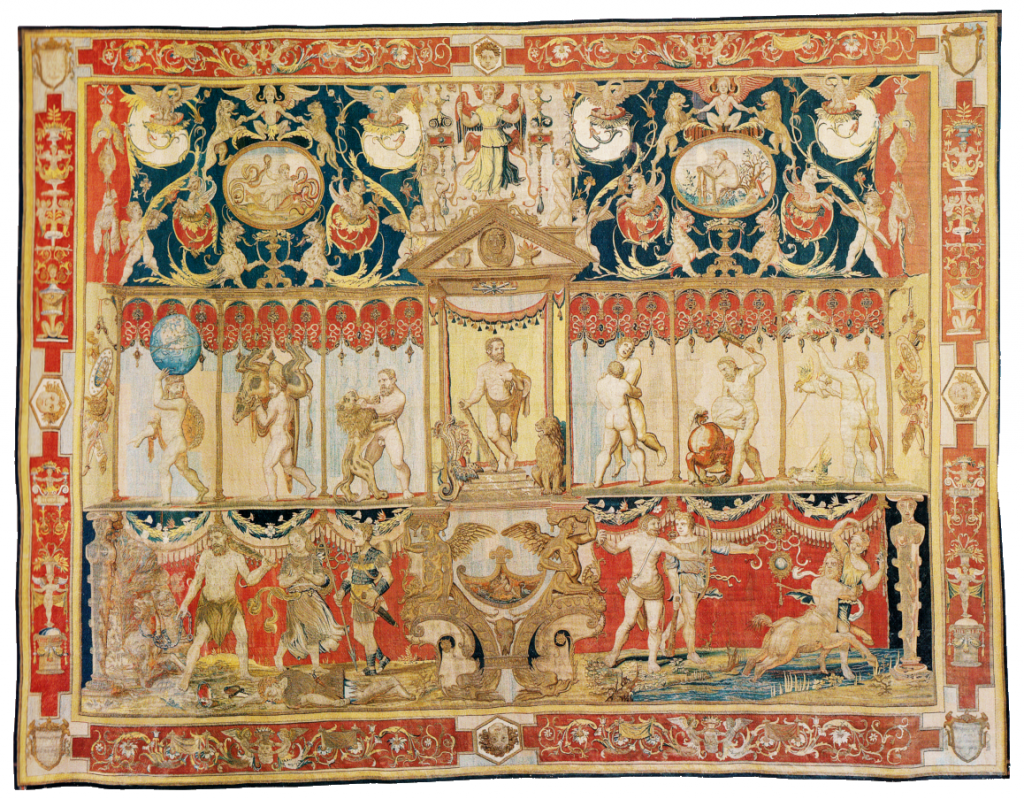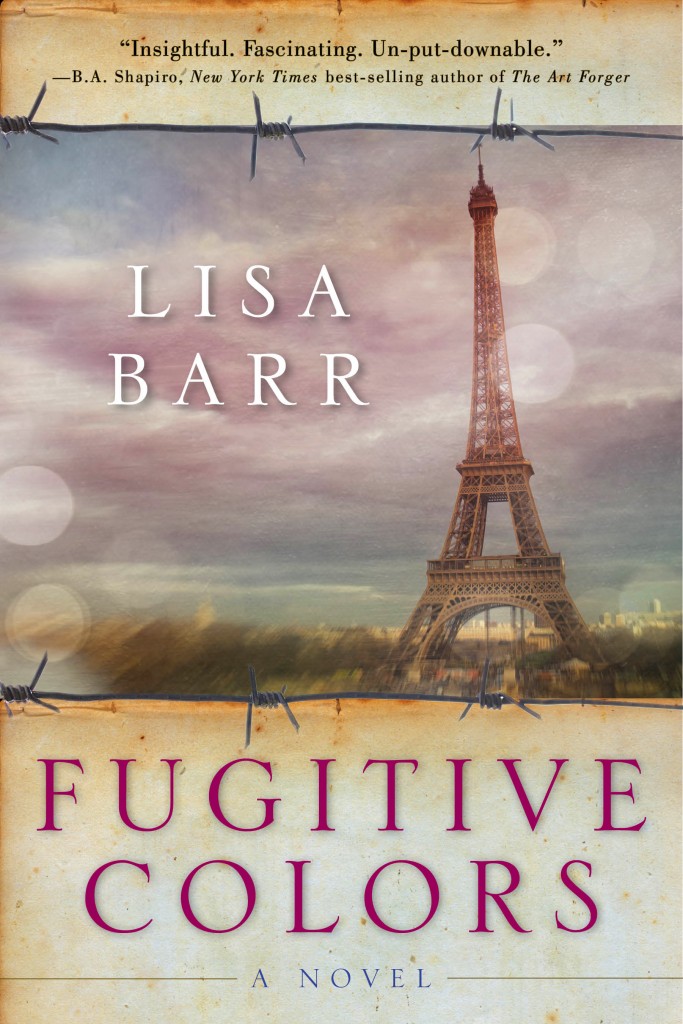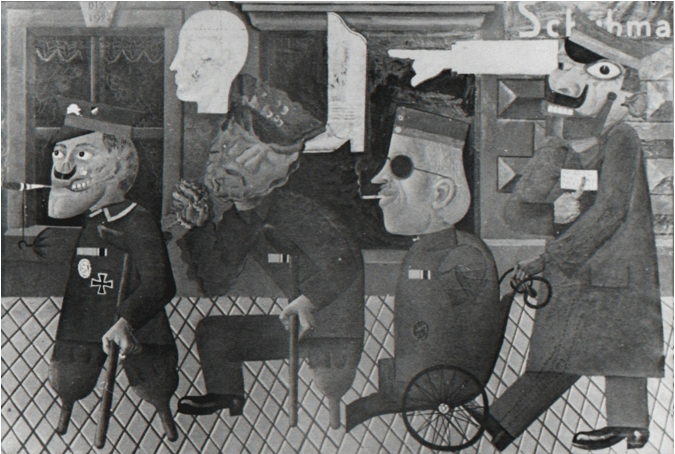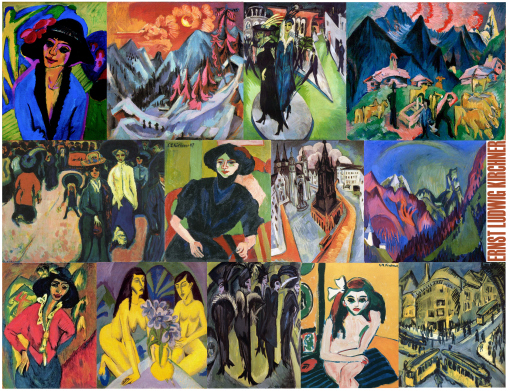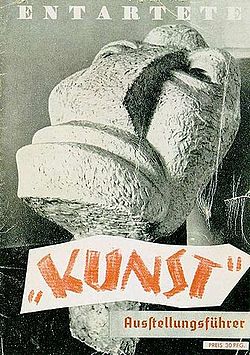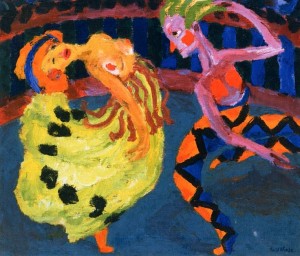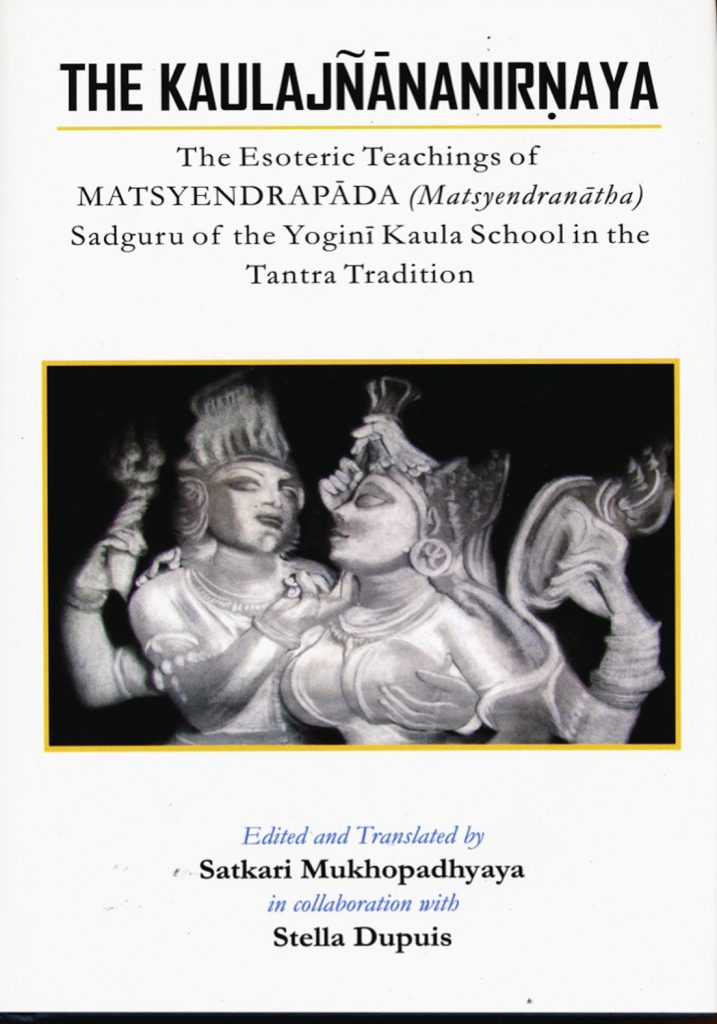 Happy International Yoga Day 2017! This year I’m sharing this important yogic text book review and interview in honor and celebration of this international event. Through studying the Yoginis and Yogini Temples of India I was introduced to the tantric text The Kaulajñananirnaya, “Discussion of the Knowledge Pertaining to the Kaula Tradition”, and to one of its modern-day collaborative English translators/editors Stella Dupuis. Dupuis is a longtime practitioner of yoga, a Yogini and novelist. Through her own studies of the Yogini traditions in India and serendipitous events, she discovered a copy of this text in Kathmandu at the Nepalese-German Manuscript Cataloguing Project in the Nepalese National Archives.
Happy International Yoga Day 2017! This year I’m sharing this important yogic text book review and interview in honor and celebration of this international event. Through studying the Yoginis and Yogini Temples of India I was introduced to the tantric text The Kaulajñananirnaya, “Discussion of the Knowledge Pertaining to the Kaula Tradition”, and to one of its modern-day collaborative English translators/editors Stella Dupuis. Dupuis is a longtime practitioner of yoga, a Yogini and novelist. Through her own studies of the Yogini traditions in India and serendipitous events, she discovered a copy of this text in Kathmandu at the Nepalese-German Manuscript Cataloguing Project in the Nepalese National Archives.
The text was preserved on palm leaves in old Newari writing. Back in India while retrieving photo prints of the manuscript, as luck would have it, she encountered Pandit Mukhopadhyaya, one of the very few persons on the planet who could decipher the ancient script. Working together, Pandit Mukhopadhyaya and Dupuis translated this important yogic text into English and then later into Spanish. It first came into modern print in 2012.
The Kaulajñananirnaya is accredited to have been written by Matsyendranatha “Lord of the Fish”, an early 10th century yogi saint considered a realized Siddha. Whom, one of India’s most famous philosophers and tantric scholars of the 10th century, Abhinavagupta, named him the “Father of Yoga”. Because Matsyendranatha shared teachings to realize an objective of Yoga — the state of non-duality. Through this text the core of the traditions of the Yoginis were introduced to the world in written print whereas in the past they’d been in existence as an oral tradition. Legend says that Matsyendranatha went to Kamarupa (“Place of the Senses”, and today often known by the name Kamakhya Temple in Assam, India) and with the assistance of the Yoginis there, he integrated these teachings into his daily life. Within the text it is explained that it was the kuala, the clan of Yoginis, who assisted Matsyendranatha in embodying the teachings that were revealed to him by Shiva in conversation with Parvati. As the story goes, he overheard the teaching exchange between goddess and god after he’d been cast into the sea by his parents because he was born under inauspicious signs, and while in the belly of a fish, under the sea and the sub-aquatic island of Chandradvipa (Island of the Moon), the mythical island exemplifying the state of transcendence, he received the grace to come to know these teachings. After reading this text numerous times and visiting Yogini Temples in India and coming to understand this tradition and history more, I think it is fair to say that the Yoginis can be considered “Mothers of Yoga” and also the forebears of the Hatha Yoga tradition, along with Matsyendranatha.
The teachings of the The Kaulajñananirnaya empower women and men to develop their own yogic capacities in order to meet the challenges of everyday life and the state of innate wholeness and bliss.Through this interview with Stella Dupuis we learn more about this key yogic text and she offers ways to pursue this path to liberation.
SRDS: What do you consider the most important teachings and passages within “The Kaulajnananiranaya”?
SD: The Kaulajñananirnaya embodies the essence of the spiritual current of the Tantra that became important in India from the 7th century and peaked around the 10th century.
The main goal of Tantra is to experience the state of non-duality. In order to understand this basic principle, The Kaulajñananirnaya makes no differences among human beings and anything else that is manifested. In ancient and in modern India, the cast system of cast gives society and traditional religions (Hinduism) a rigid structure. The knowledge of emancipation, the attainment of Nirvana can only be achieve by Brahmin men, as often women were/are seen as a second class human and the lower cast as pariahs.
In the Kaulajñananirnaya, the knowledge is given to a lower cast, a fisherman, Macchaghna (colloquial variant of the Sanskrit Matsyaghna which means ‘killer of fish’). This is stated in every colophon (the final verse that gives the essence of the chapter) that it is the knowledge of the Yoginis was transmitted through a fisherman. Also the Yoginis appeared as teachers but these teachers are beyond gender. In the text there are female and male teachers. (Chapter VIII)
SRDS: How can everyday yoga practitioners today incorporate these teachings into one’s life?
SD: One important start point is to be beyond the preconceived ideas and judgement given by our social background. To transcend this it is important to refine our perception to see in everyone and everything the essence of the divine. Intellectually understanding is a first step but spiritual techniques are crucial.
The main difference between the traditional spiritual and the tantric paths is that in the tantric the senses are not rejected but used in order to refine them.
SRDS: Which specific practices do you suggest?
SD: The Kualajñananirnaya is an esoteric teaching that needs personal guidance. As it is not a manual, it does not explain step by step the practices but describes the delicate process that the senses go through during the practices. Such practices include: mantra, chakras, yoga nidras, visualizations, meditations, practices of the siddhis, etc.
SRDS: Can practices be conducted on one’s own or should they be taught by a teacher or guru?
SD: The most important is the desire to attain non-duality and to continue to do the spiritual practices of ones own tradition. If we have an open mind and a mind that is settled (through daily spiritual practices), reading spiritual texts can have an influence in the more subtle levels of ourselves. The sculptures in the Yogini Temples complement the teachings found in the Kaulajñananirnaya.
SRDS: What makes these teachings relevant to our lives today?
SD: When we stimulate the perception we empower our performance in daily life as we see more than before, we listen better than before, etc. As our intuition expands we become more alert, we empower ourselves. “Intuition and presence” will make life fun and heighten our daily experience. And we may perceive the essence of the divine in everything.
SRDS: What other resources do you suggest people pursue to follow the path of the Yoginis?
SD: Everything that helps us to go beyond preconceived ideas is a great step towards non-duality. The path of Tantra is not a path of renouncement of material things, but values the non-attachment to ideas of what is good and right. Then we may understand that opposite values are complementary. That nothing is either bad or god “per se”…
SRDS: What teachings from this text have you personally found most helpful and relevant to your life?
SD: Everything! I love the way the text shakes away ancient paradigms. I love the playfulness and beauty of the verses. I enjoy finding the pieces of the mysterious puzzle that is created while comparing the esoteric verses of the Kualajñanirnaya with the iconography, architecture and sacredness of the Yogini Temples.
SRDS: Is there anything else you’d like to share with us?
SD: Read the Kaulajñananirnaya without the intention of rationally understanding everything. Let the text flow in you. And if you can, visit the Yogini Temples, contemplate each Yogini, identify yourself with them… You may start to experience the non-duality. For me it has been “a divine gift” to have had the opportunity to help in the translation of the Kaulajñananirnaya in to English and Spanish.
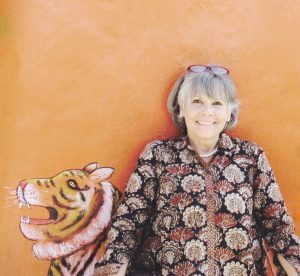 Stella Dupuis, is a Swiss-American novelist born in Panama. Dupuis is an inveterate traveler and observer of different cultures and lifestyles. For more than ten years she traveled to remote sites and tribal areas in India and other countries in South Asia while studying the Yogini traditions. Through books, lectures and video clips she shares her researches, love and passion for lesser-known ancient spiritual paths.
Stella Dupuis, is a Swiss-American novelist born in Panama. Dupuis is an inveterate traveler and observer of different cultures and lifestyles. For more than ten years she traveled to remote sites and tribal areas in India and other countries in South Asia while studying the Yogini traditions. Through books, lectures and video clips she shares her researches, love and passion for lesser-known ancient spiritual paths.
She has published several works in Spanish, English and French: “Memoria de viento”, “From Cuba to Tibet”, “La Puerta de Jade”, “Teli Ka Mandir”, “The Yogini Temples of India”, “Templos de Yoginis en la India, leyendas y misterios” “In the Belly of The Fish”, “The Kaulajñanirnaya” (Translation into Spanish and English) “The Yoginis’ Oracle” and currently she is the editor and collaborator of the book “Across Female Realms”.
For more about Stella Dupuis and her works: www.stelladupuisbooks.com and https://independent.academia.edu/StellaDupuis

